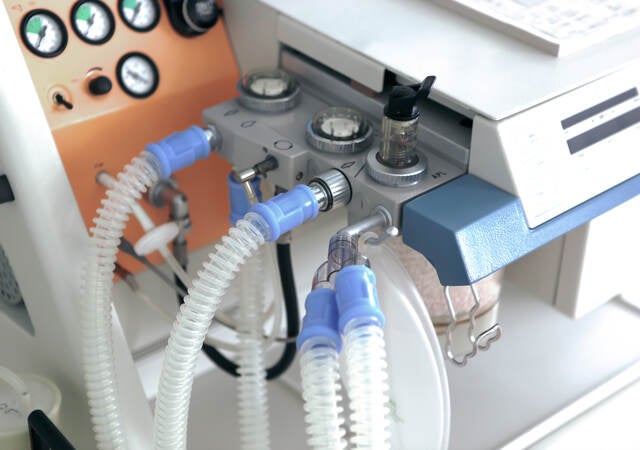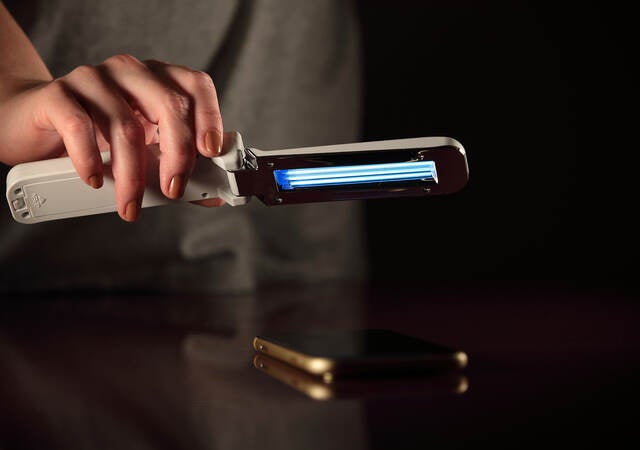August 8, 2023
By Heather Crawford and Evangeline Loh
Manufacturers have not capitalized on the activities and resources from CORE-MD, particularly manufacturers of high-risk medical devices (e.g., implantable, cardiology, orthopedics).
Were you aware that CORE-MD has been active since April 2021? Have you followed any of their activities?
Background on the foundation of CORE-MD
The Coordinating Research and Evidence for Medical Devices organization, better known as CORE-MD, is an EU collaboration of 22 entities: clinical experts from professional medical associations, regulatory professionals from competent authorities, notified bodies, health technology agencies, patient organizations and national institutes of public health. CORE-MD is led by the European Society of Cardiology (ESC) and the European Federation of National Associations of Orthopedics and Traumatology (EFORT). CORE-MD has received funding from the EU’s Horizon 2020 research and innovation program (grant 965246) to operate from April 2021 through March 2024.
Background on objectives of CORE-MD
The consortium strives to improve clinical evidence methodologies on high-risk implantable medical devices. The website https://www.core-md.eu/about-the-initiative/ lauds the activities: ”translate expert evidence into advice for EU regulators and to recommend an appropriate balance between innovation, safety and clinical effectiveness.”
Further, CORE-MD describes:
“Support regulatory science in the EU by advising competent authorities on developing guidance for particular methodologies that are appropriate for the clinical evaluation of high-risk medical devices. A major challenge for the CORE-MD consortium when advising about clinical evaluation and how it can be developed in the EU, however, is that the methodologies that were applied and the clinical evidence submitted for high-risk devices already on the market are unknown. There has been no transparency of regulatory processes because EU legislation has required the notified bodies to treat all information submitted by manufacturers as confidential.”
There are five work packages (WP) inclusive of the CORE-MD project, WP1-WP5. WP1 evaluates the mechanisms used to generate clinical evidence for high-risk medical devices. WP2 and WP3, focus on obtaining clinical evidence from new methods and real-world evidence, respectively. WP 4 focuses on networking and dissemination of project outputs, whereas WP5 manages the project.
Accomplishments of CORE-MD
CORE-MD has several notable accomplishments, including:
CORE-MD published its First Periodic Technical Report, on November 30, 2022 (time frame April 1, 2021- September 30, 2022): https://www.core-md.eu/wp-content/uploads/2023/07/CORE-MD_1st-Periodic-Report_20221130_v1.pdf.
WP1 published the Database of studies on high-risk medical devices (February 18, 2023): https://www.core-md.eu/wp-content/uploads/2023/07/CORE-MD_D1.1_Insel-Gruppe_V2.pdf. The protocol used to collect the information is posted as a reference on page 112 of the report.
In addition, CORE-MD has published two articles.
- Validation of CORE‑MD PMS Support Tool: A Novel Strategy for Aggregating Information from Notices of Failures to Support Medical Devices’ Post‑Market Surveillance (December 24, 2022) https://www.core-md.eu/wp-content/uploads/2023/01/s43441-022-00493-y-jan-23-Enrico-Caiani-1.pdf
- Quality and Utility of European Cardiovascular and Orthopedic Registries for the Regulatory Evaluation of Medical Device Safety and Performance Across the Implant Lifecycle: A Systematic Review (July 18, 2023) https://www.core-md.eu/wp-content/uploads/2023/07/Publication_review_IJHPM.pdf
It is of note that the second publication, Hoogervorst et al., used a systematic literature search to assess the European cardiovascular and orthopedic registries. While there were 20 cardiovascular and 26 orthopedic device registries which fulfilled the qualifications for review, the authors’ recommendations were not necessarily an endorsement of the registry data. “European cardiovascular and orthopedic device registries could improve their potential as data sources for regulatory purposes by reaching consensus on standardized reporting of structural and methodological characteristics to judge the quality of the evidence as well as outcomes.”
Additional accomplishments of CORE-MD
Another achievement to note, CORE-MD has hosted four webinars since March 2023: https://www.core-md.eu/core-md-webinars/. These are available as recorded YouTube trainings.
- Orthopedic Implants and European Medical Device Regulations
- The Origins and Objectives of European Regulations for Medical Devices
- Objective Performance criteria for medical devices – origins, methods and clinical utility
- Training and Education for Regulators, Notified Bodies and Clinicians
Concluding remarks
Manufacturers of high-risk medical devices, particularly those with implantable devices in the fields of cardiology, orthopedics or diabetes must follow the activities of CORE-MED. There are expert clinicians and regulators and other parties actively engaged in CORE-MED, devoting time to advance medical devices and regulatory requirements. While some progress has been made, it seems as though there needs to be a fair amount of work in order to meet the March 2024 end date.
CORE-MED is heralded as a collaboration that will use clinical evidence to help balance implantable medical device novelty and innovation with safety and effectiveness. As experts in clinical evidence, we at Emergo by UL will continue to monitor the activities of CORE-MED. Only time will tell if CORE-MED achieves its objectives.
Get connected with our sales team
Thanks for your interest in UL's products and services. Let's collect some information so we can connect you with the right person.






